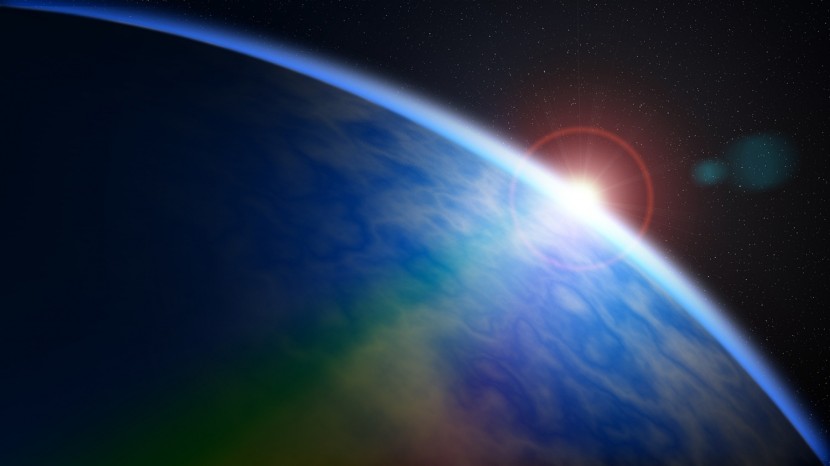
Experts believe that dual exo-earths could support life in the same way that Earth does. Astronomers found two dual exoplanets that could support life and have similar masses to Earth. These planets are in a habitable zone near a dwarf star called GJ 1001.
Two Exo-Worlds Are Promising
The zone around a star is the middle ground between such a planet being too hot or too cold to sustain life. To be in this region, planets should circle their star at a distance that would allow liquid water to exist on their surfaces, according to Science Alert.
Vera Mara Passenger, an astronomer at the Instituto de Astrofsica de Canarias (IAC) in Spain, asserts that the GJ 1002 is a red dwarf star with such a volume that is less than one-eighth that of the Sun.
Even so, it is a cool, faint star with such a small habitable zone. GJ 1002b and GJ 1002c have been verifying all the boxes thus far, and being only 16 light-years away from our solar system, they're close to where we are within the universe, astronomically speaking. We're still far from concluding that alien life exists occasionally, that there is running water, and so on.
Are the Exo-Worlds Life-Sustaining?
Astronomers use the CARMENES and ESPRESSO to see more planets that are similar to Earth.
Due to the apparent slight energy released by GJ 1002 variables, it is possible to detect its markers with incredible precision. To find the celestial bodies, the scientists used 139 spectroscopic observational datasets (metrics of deep cosmic rays) collected between 2017 and 2021.
Humans only fully understand a great deal of these heavenly objects, apart from their location. The GJ 1002b orbital radius within its own star has taken more than ten days, and the GJ 1002c orbital path has taken just over 20 days.
The great news is that detailed scrutiny of the outcomes from GJ 1002b and GJ 1002c has helped facilitate more extensive research. The next step would be to assess their ambiance based on the illumination they reflect or the heat they emit.
Astrophysicist Jonay I. González Hernández asserts that the future ANDES spectroscope for the ELT telescope at ESO, in which the IAC is participating, might research this same existence of oxygen in the air of GJ 1002c, as noted in Time News.
There are now discovered 5,000 exoplanets, which are celestial bodies outside our solar system. Researchers could see objects that are really smaller and much further away from Earth as observatories and data-processing algorithms advance.
Congratulations on such advances in technology; we are getting closer to quantifying the chemical signatures of life on such alien worlds, even though they are light-years away via space.
Alejandro Suárez Mascareop, an astronomer, cites a different scientist as saying, "With these two, it is now known that seven planetary systems are quite close to the Sun.
The dual exo-worlds exist in the sweet spot to support life similar to Earth; however, another system does not have a yellow sun.
Related Article: More Nazca Geoglyphs Seen from the Sky Are Discovered by Scientists in the Peruvian Desert
© 2026 HNGN, All rights reserved. Do not reproduce without permission.








